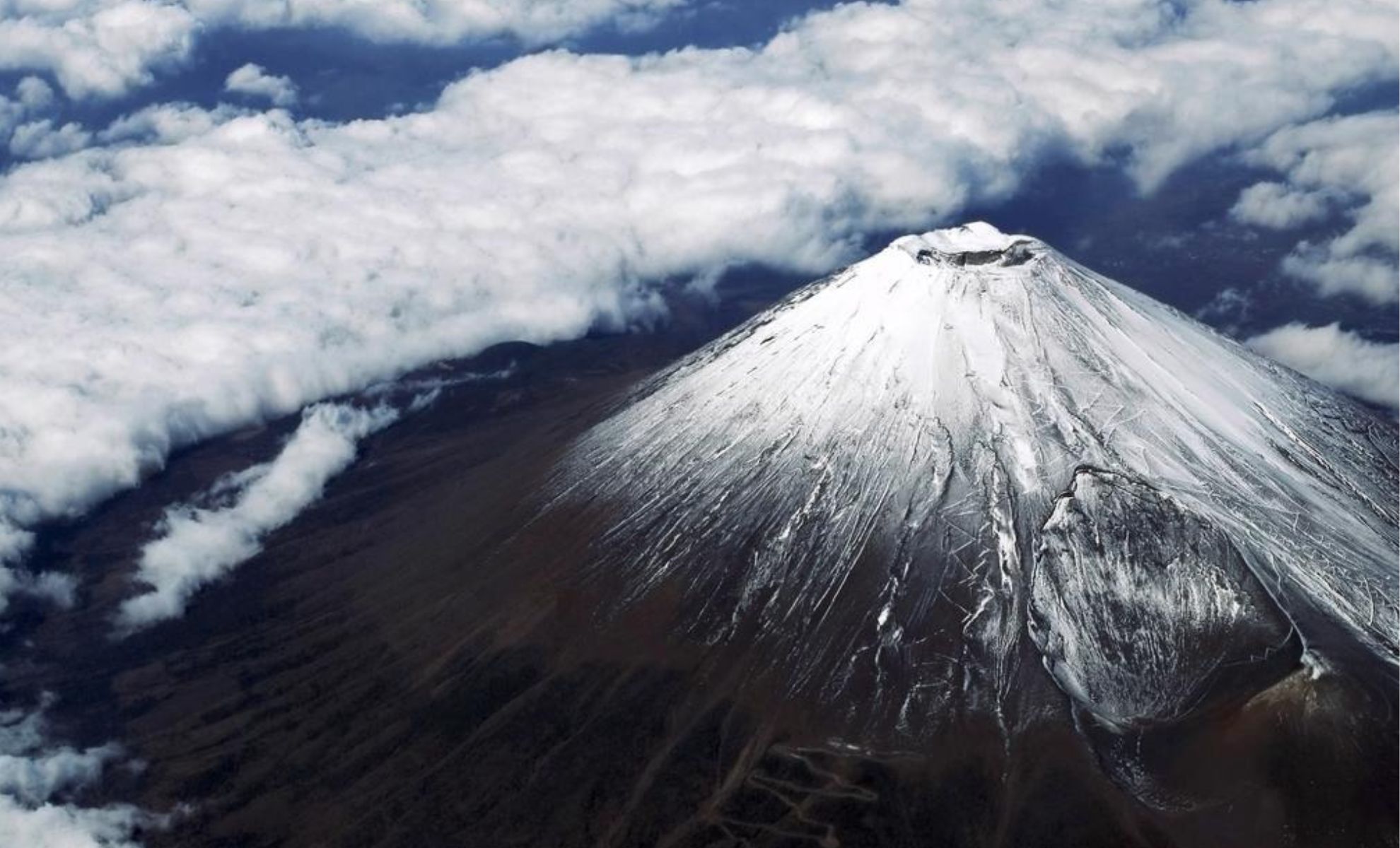Mount Fuji, Japan’s most iconic and revered natural landmark, has long been dormant. However, recent geological activity suggests that this silence may soon be broken. Experts warn that the volcano could erupt at any time, a potential disaster that could affect millions of people living in the surrounding areas. While the eruption itself would be catastrophic, the uncertainty surrounding its timing only heightens the sense of urgency.
A Deepening Concern: The Scientific Basis Behind the Standby State
Mount Fuji has remained dormant since its last eruption in 1707, a period of over 300 years. However, the events that followed the 2011 Great East Japan Earthquake have raised serious concerns among volcanologists. Shortly after the earthquake, cracks formed above the magma reservoir located 20 kilometers beneath Mount Fuji, creating a vulnerable state that scientists describe as being in a “standby” condition.
According to Hiroki Kamada, a prominent volcanologist, these fractures allow for the potential release of pressure, which could lead to an eruption. Although no eruption has occurred yet, the pressure is mounting, leaving experts on edge.
The Possibility of an Eruption: Are We Prepared?
The last eruption of Mount Fuji was in 1707, but historical patterns suggest that the volcano is overdue for another eruption. Kamada highlights that, while exact predictions are difficult, the long period of inactivity—over 300 years—means that the buildup of magma beneath the surface could be substantial, increasing the potential for significant volcanic activity.
In the past, Fuji has erupted through side vents rather than its summit, and this pattern is expected to continue. This means that any future eruption could open new vents on the mountain’s lower slopes, potentially affecting infrastructure in the nearby areas, including Shinkansen bullet trains and critical highways. The risk of disruption is therefore not just theoretical but tangible, with the potential to impact Japan’s major transportation networks.
The Impact of an Eruption: Ash Fallout and Infrastructure Disruptions
An eruption of Mount Fuji would cause widespread disruption, especially in Tokyo and its surrounding areas. Experts predict that volcanic ash could fall up to 10 centimeters deep in parts of Tokyo, Saitama, and Chiba. Such a thick layer of ash would make travel difficult and could even shut down airports, railways, and highways.
The impact on daily life would be profound, with residents facing difficulties in breathing, transporting goods, and carrying out essential services. The Japanese government has already estimated the potential financial losses to be as high as ¥2.5 trillion, with over 30 million people affected. These projections underline the severity of the disaster that an eruption could cause, with disruptions lasting months or even years due to the persistence of volcanic ash in the environment.
Preparing for the Worst: What Residents Can Do
Given the looming threat, preparation is critical. Volcanologists urge residents in the affected areas to familiarize themselves with hazard maps, which outline evacuation routes and provide guidance on how to deal with the aftermath of an eruption. While it’s impossible to predict the exact timing of the eruption, knowing where to go and how to protect oneself from the fallout is essential.
The Japanese government has taken proactive steps to inform the public, but individual readiness will be key in mitigating the worst effects of a potential eruption. Residents are encouraged to be vigilant, stay informed, and take steps to prepare for an event that could strike at any time.
Mount Fuji’s dormant status should not be mistaken for safety. The volcano is a constant reminder of nature’s power, and with recent signs of increased activity, the urgency for preparedness has never been greater. With millions of lives at risk, staying alert and informed is not only sensible but necessary.
